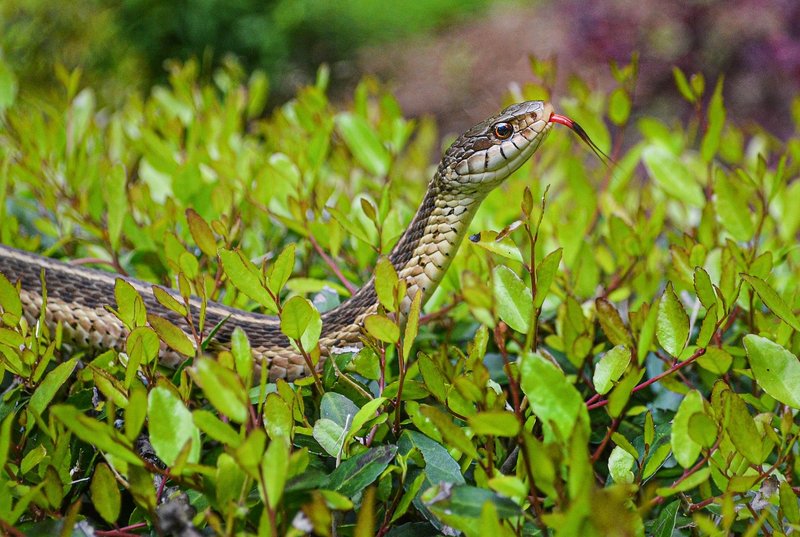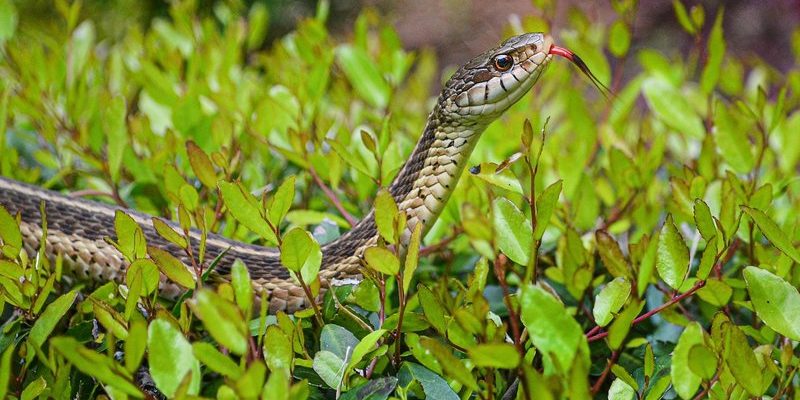
You might be surprised to learn that snakes are not just mindless predators. They contribute to our ecosystem in various ways—some are hunters, some are prey, and all have a role that helps maintain the balance in the wild. Whether you’re a nature lover or just curious, understanding the role of snakes can give you a new appreciation for these creatures. So grab a coffee, and let’s talk about the captivating life of snakes in their natural habitats.
Snakes as Predators: The Hunters of the Ecosystem
Snakes are often viewed as vicious predators, and for good reason. They hold the title of skilled hunters in many ecosystems. With their stealthy movements and incredible camouflage, these reptiles can sneak up on their prey without making a sound. Whether they’re after small rodents, birds, or even insects, snakes have developed unique techniques to catch their food.
Let me explain how this hunting behavior contributes to the ecosystem. By keeping populations of small mammals in check, snakes help prevent overpopulation. Imagine if all the mice in an area multiplied without any predators. It could lead to a food shortage, which would impact other animals that rely on those rodents for survival. By being at the top of the food chain, snakes play a crucial role in maintaining a healthy balance.
Not all snakes hunt in the same way. For instance, some, like the garter snake, use speed to catch their prey, while others, like the python, rely on their strength to constrict and suffocate. Each species has adapted its hunting style to fit its environment, making them incredibly efficient predators.
Snakes as Prey: A Vital Link in the Food Chain
While snakes are well-known for their role as hunters, they are also important as prey. Many animals, including birds of prey, larger mammals, and other reptiles, rely on snakes for food. This dual role in the food chain helps create a balanced ecosystem where each species supports the other—even the scariest of snakes has its place in the natural order.
You might be wondering, what happens if the snake population declines? This can lead to an overabundance of prey species, which can further impact plant life and lead to habitat destruction. Without snakes acting as a natural control, the delicate balance of the ecosystem can tip, affecting everything from insects to trees.
Let’s consider the eastern diamondback rattlesnake. It’s not only a predator but also a meal for hawks and coyotes. If these snakes disappeared, those predators might struggle to find enough food, leading to a decline in their populations as well. It’s a web of life, and each thread, including snakes, is essential for its strength.
Snakes and Their Role in Ecosystem Health
Snakes can signal the health of their environment, serving as bioindicators. Essentially, if there’s a problem in the ecosystem, snakes may be one of the first to show signs. For instance, a decline in snake populations can indicate issues like habitat destruction, pollution, or climate change. This is crucial for conservation efforts because understanding their status can help us track the overall health of the environment.
One fascinating example is the king snake, known for its ability to consume other snakes, including venomous ones. Just having these snakes present can indicate a robust ecosystem. They help control harmful snake populations that might otherwise threaten the balance.
You may not be a herpetologist, but recognizing these signs can empower everyone to participate in conservation efforts. Getting involved can range from supporting local wildlife organizations to participating in education programs about the importance of snakes and their habitats.
Snakes and Their Habitats: Unique Adaptations
Different snake species have developed various adaptations to thrive in their specific habitats. Whether they live in deserts, forests, or wetlands, these adaptations help them survive and flourish. For example, the desert rattlesnake has evolved to withstand extreme heat and can go without food for long periods, which is vital for its survival in harsh environments.
Snakes like the water moccasin have adapted to living in aquatic environments. They possess features that allow them to swim efficiently, making them effective hunters in the water. Their ability to thrive in diverse habitats illustrates nature’s creativity and resilience.
You might be surprised to learn that these adaptations go beyond physical traits. Some snakes can change their behavior based on their surroundings. For example, when a snake feels threatened, it may change its color to blend in with the environment better, ensuring its survival.
The Importance of Conservation: Protecting Snakes and Their Environment
As we’ve explored, snakes are vital to maintaining healthy ecosystems. However, many factors threaten their populations, including habitat destruction, pollution, and climate change. Conservation efforts are crucial to ensure these reptiles continue to thrive and play their important role.
Protecting snake habitats, like wetlands and forests, is essential for ensuring their survival. Supporting local conservation organizations helps preserve these important ecosystems and educate the public about the value of snakes. You might even consider volunteering for habitat restoration projects or educational programs in your area.
Here’s the thing: we can all do our part, regardless of where we live. Educating ourselves and others about snakes can contribute to their conservation. Sharing this knowledge is a small yet significant way to help maintain the delicate balance in nature.
Understanding the role of snakes in their natural habitats helps us appreciate the intricate web of life. These fascinating creatures are not just predators; they are integral to maintaining ecosystem health, serving as both hunters and prey. By recognizing their importance, we can take steps to protect them and their environments.
Next time you see a snake, remember it’s not just slithering by; it’s playing a vital role in keeping nature balanced. So, let’s embrace these creatures and work towards a world where all species can thrive together, including the misunderstood—yet incredibly important—snakes. When we protect snakes, we safeguard the health of our planet and ensure the beauty of nature continues for generations to come.

